
Vietnamese rice maintains its "durability" amid global price declines - Photo: TL
On July 31, India announced the release of up to 20 million tons of rice from its state reserves. The goods were released in three directions.
Specifically, 7.5 million tons were auctioned electronically, 3.6 million tons were sold to states at about $257/ton and 5.2 million tons were sold to ethanol production. The goal was to cool domestic prices and reduce inventories. This had an immediate impact on the market.
In early August, Thai and Pakistani rice export prices fell by $10-15 per ton; Indian rice also fell. Thai 5% broken white rice is now around $362 per ton, the lowest since 2017 and down nearly 30% compared to the end of 2024.
According to the Vietnam Food Association (VFA), the latest price list recorded mixed developments with Vietnam's 5% broken rice increasing by 4 USD to 395 USD/ton.
Meanwhile, Thailand, Pakistan and India simultaneously decreased their prices, down 6 USD to 362 USD/ton, down 4 USD to 365 USD/ton and down 1 USD to 379 USD/ton, respectively.
Thanks to that, Vietnamese rice continues to maintain a positive difference of 16 - 33 USD/ton compared to competitors in the region.
Rice exporters also said the short-term impetus came from the Philippines' purchasing demand, before the country suspended imports for 60 days from September 1 to support farmers.
The Philippines has been the largest market for Vietnamese rice for many years, accounting for 42-44% of export value. The suspension may disrupt new orders but not completely close them.
Domestic inventory pressure is not high. The summer-autumn crop in the Mekong Delta is coming to an end and the autumn-winter crop is only 50-60% of the main crop's output, helping businesses proactively regulate goods. Along with FTAs and market networks in Asia, Africa, and the Middle East, output is still shared.
According to the Vietnam Food Association, the reason why Vietnamese rice "maintains its price" is the product structure and quality standards. The proportion of fragrant rice and specialty rice (ST, DT, OM...) increases and decreases depending on mass-produced white rice....
Forecasts from industry associations show that if Vietnam maintains its export pace, continues to shift to high-value segments and takes advantage of FTAs, it can reach about 8 million tons this year, firmly holding the second largest export position in the world after India.
Source: https://tuoitre.vn/gia-gao-viet-nam-dung-vung-bat-chap-gao-thai-an-do-giam-manh-vi-sao-20250813182441258.htm



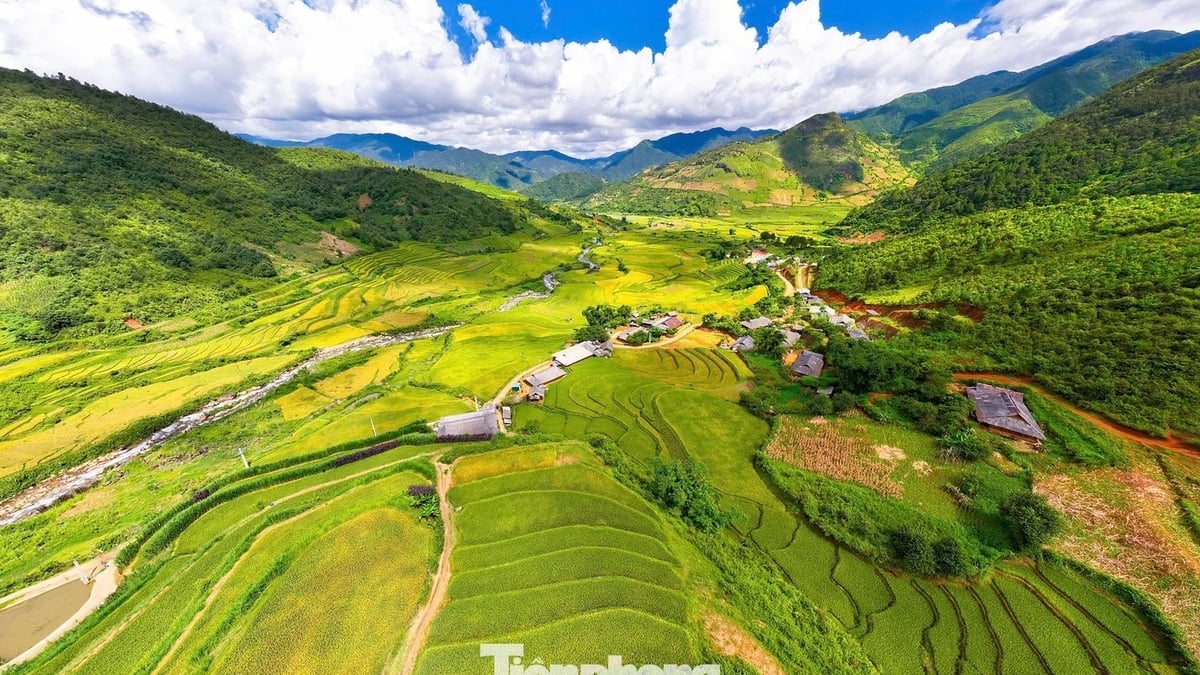
![[Photo] Prime Minister Pham Minh Chinh chairs the meeting of the Government Party Committee Standing Committee](https://vphoto.vietnam.vn/thumb/1200x675/vietnam/resource/IMAGE/2025/8/23/8e94aa3d26424d1ab1528c3e4bbacc45)
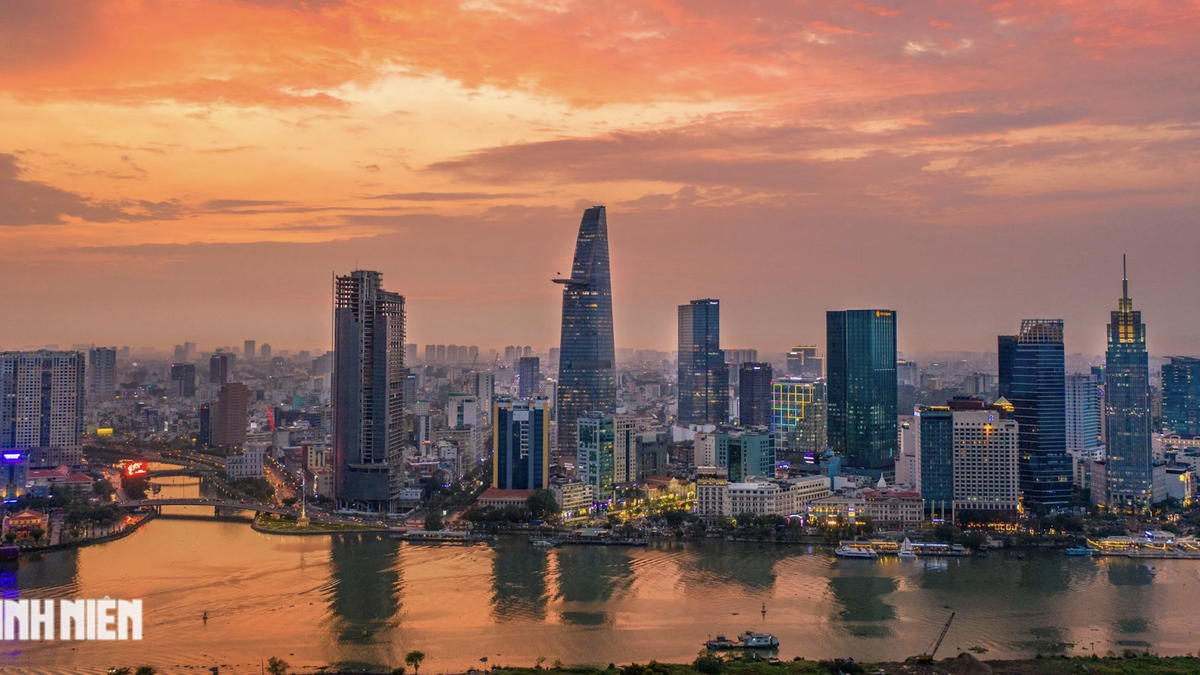
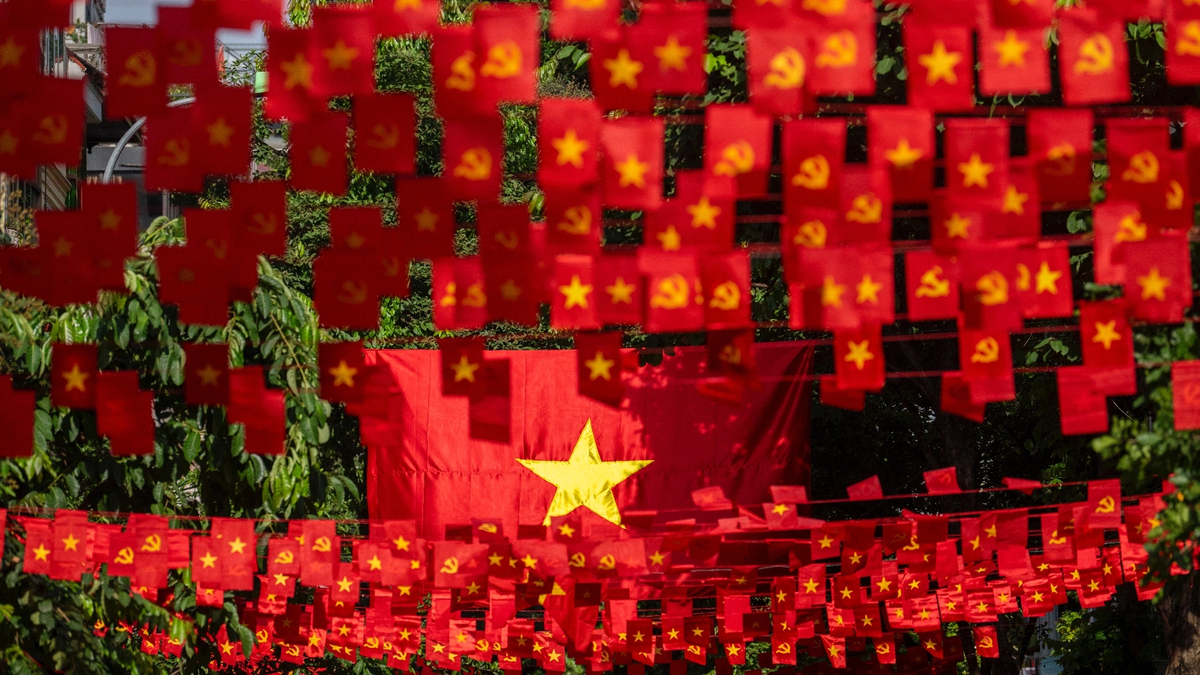
![[Photo] General Secretary To Lam attends the 80th Anniversary of the Cultural Sector's Traditional Day](https://vphoto.vietnam.vn/thumb/1200x675/vietnam/resource/IMAGE/2025/8/23/7a88e6b58502490aa153adf8f0eec2b2)
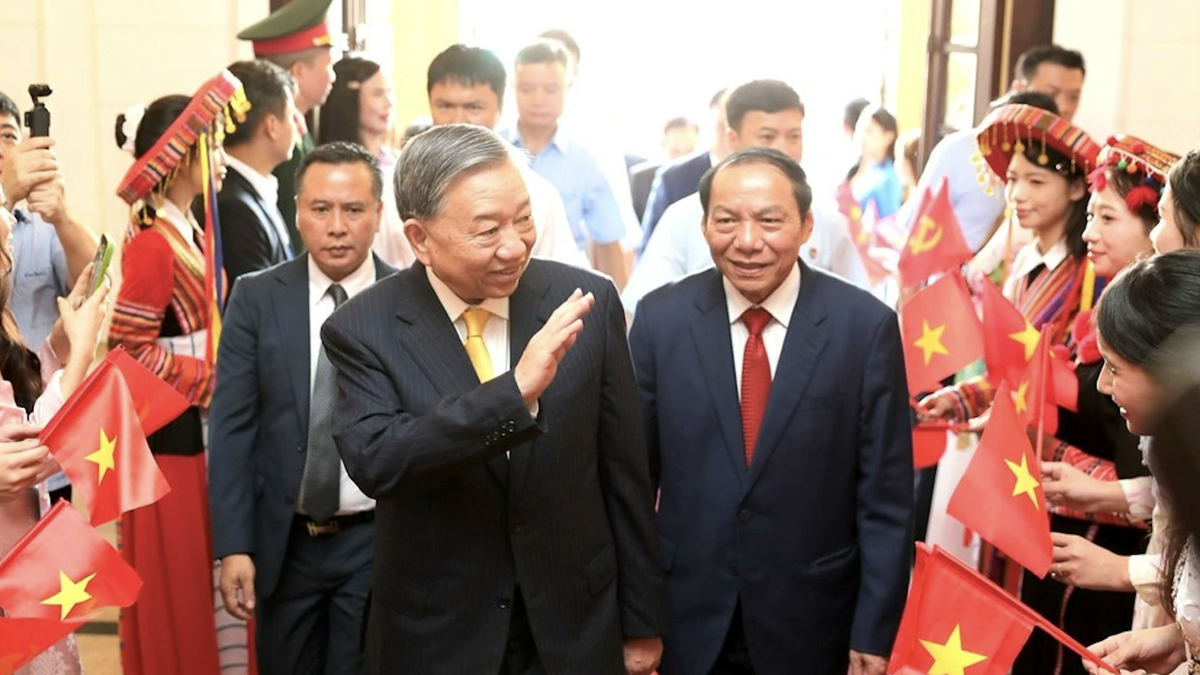
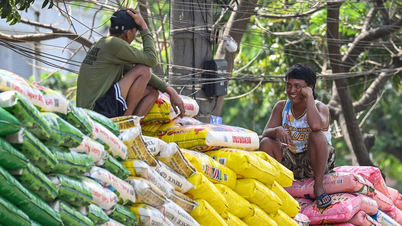






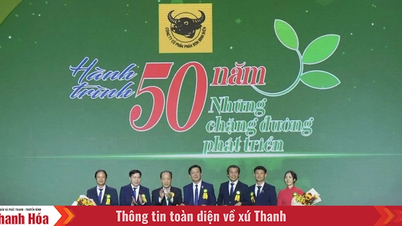








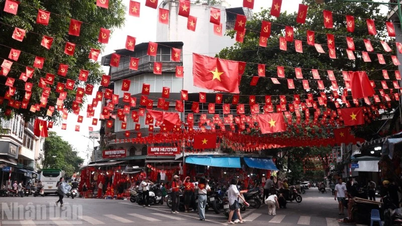




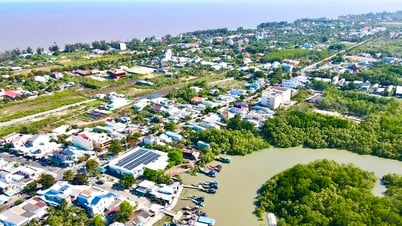



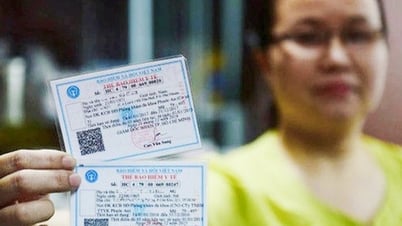






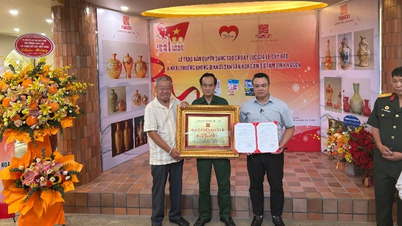





















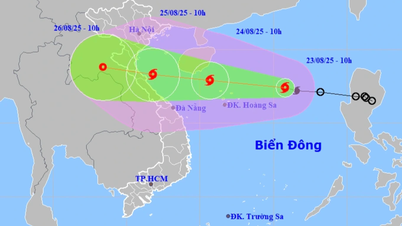









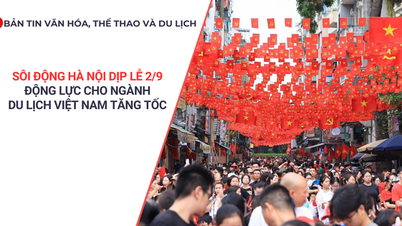

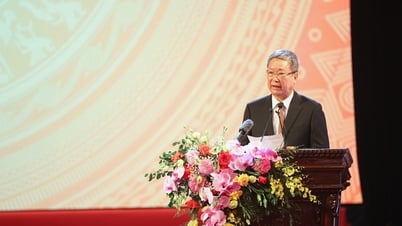
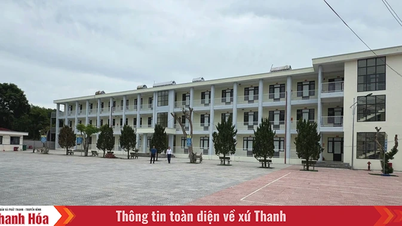
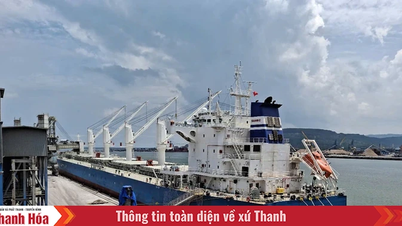
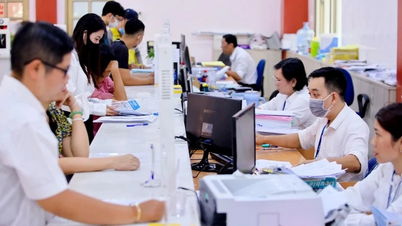


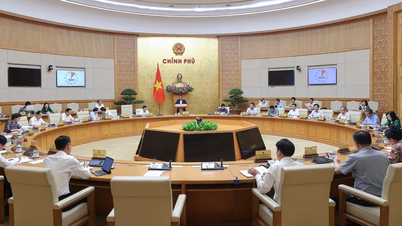



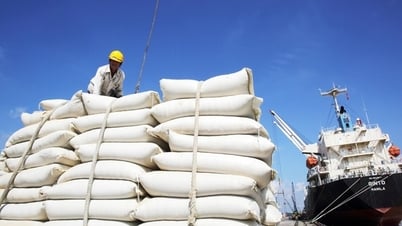



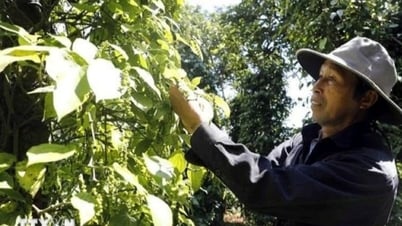










Comment (0)